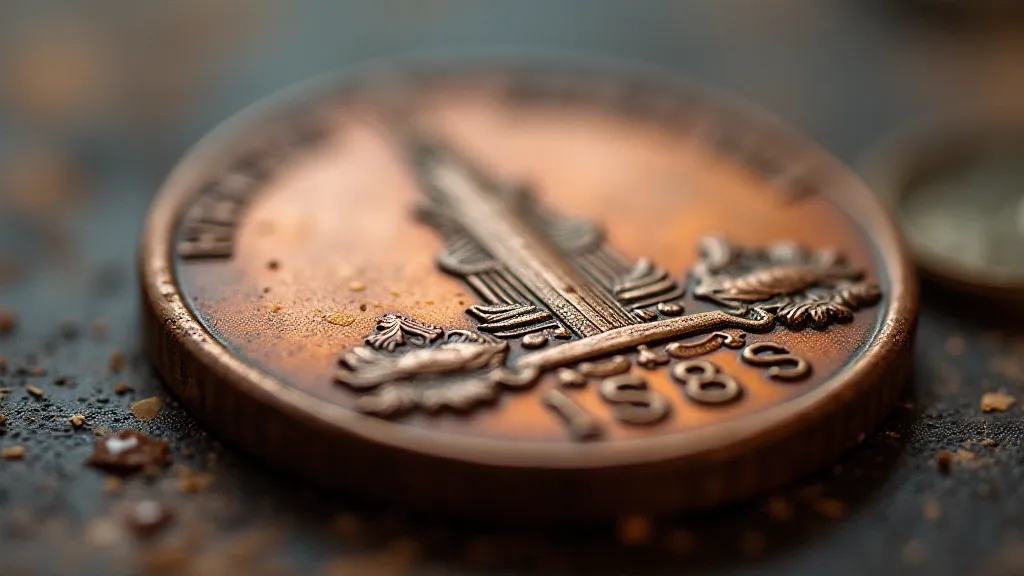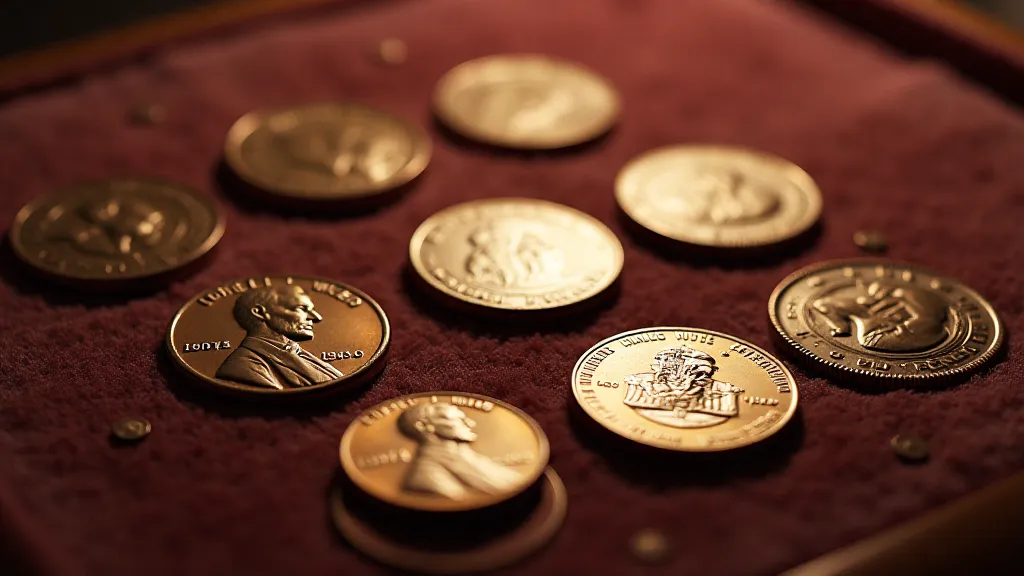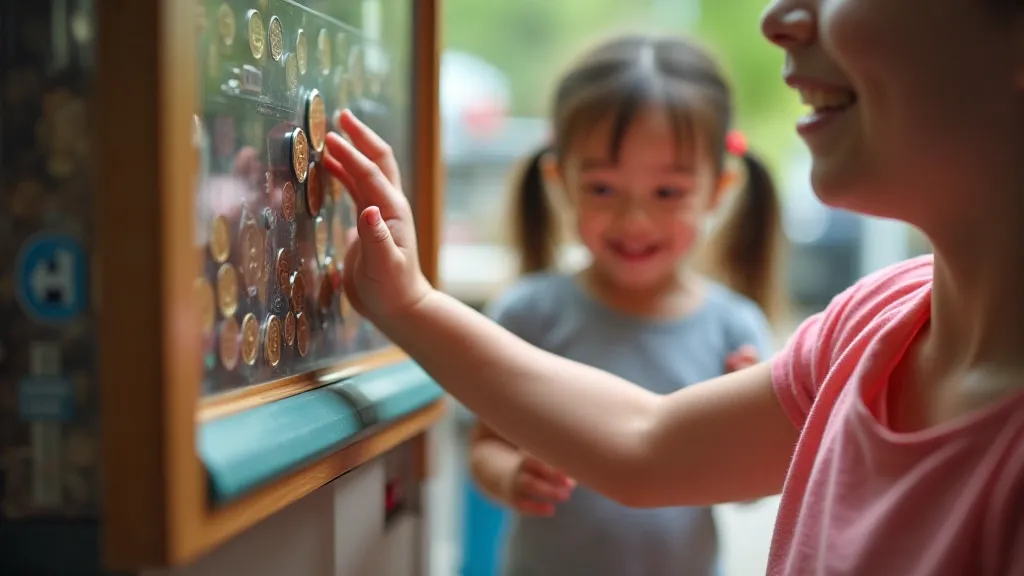Whispers in the Copper: Deciphering the Subtext of Pressed Penny Designs
There's a quiet poetry to pressed pennies. More than just souvenirs, they are tangible memories, metallic echoes of moments shared. They’re often seen as trinkets, quickly tucked into coin purses or forgotten in drawers. But for those who pause, who truly look, they reveal layers of meaning, reflecting not only the specific location they commemorate, but also the cultural values and artistic sensibilities of the time. To truly appreciate a pressed penny is to hear the whispers in the copper, to understand the stories etched into their tiny surfaces.
My own fascination began, surprisingly, with my grandfather's antique accordion. He wasn't a musician, not really. But he kept it, lovingly dusted and oiled, a relic of his youth during the Depression. The intricate bellows, the delicate keys – it spoke of resilience, of ingenuity in the face of hardship, of the shared experience of music bridging divides. It made me think about how things made – *anything* – carries a story, a purpose beyond its mere function. Pressed pennies, I realized, were no different.
The Early Years: Architecture and Americana
The first pressed penny machines appeared in the late 19th century, initially operated by the Higgins Manufacturing Company. Early designs were remarkably straightforward: architectural landmarks, patriotic symbols, and depictions of native flora and fauna. Think of the iconic Washington Monument, the Liberty Bell, or a proud American eagle. These weren’t frivolous creations; they were meant to instill pride, to celebrate national identity. They were souvenirs for a nation rapidly expanding westward, eager to document its progress and showcase its wonders.

These early designs often reflected the prevailing artistic styles of the time – a romanticized realism, a desire to portray scenes with a sense of grandeur and accuracy. The engravers were skilled craftspeople, their tools painstakingly transferring the images onto the copper blanks. The level of detail achieved, given the limitations of the technology, is truly remarkable. Imagine the steady hand required, the countless hours spent ensuring the precision of each line, each curve.
Shifting Styles: From the Roaring Twenties to the Space Age
The interwar period saw a surge in pressed penny machines, coinciding with the rise of tourism and the burgeoning automobile culture. Designs became more diverse, reflecting the changing tastes of the public. Hollywood stars, amusement parks, and even famous pets found their way onto pressed penny faces. The art deco influence is particularly noticeable during this era – sleek, geometric shapes and stylized representations of popular motifs.
The post-World War II years ushered in a new wave of optimism and innovation. Space exploration became a national obsession, and pressed penny designs reflected this fascination. Rockets, astronauts, and depictions of the Moon graced these tiny tokens, embodying the boundless possibilities of the future. The aesthetic became more streamlined, influenced by modern design principles. Even the machines themselves evolved, becoming more automated and efficient.
Beyond the Image: The Symbolism of Location
What truly elevates pressed penny collecting beyond mere souvenir acquisition is the understanding of the symbolism embedded within the designs. Consider a pressed penny depicting the Alamo. It’s not simply an image of a historic mission; it’s a representation of Texan bravery, of the fight for independence. A pressed penny from Yellowstone National Park isn's just a depiction of Old Faithful; it's a celebration of the untamed beauty of the American wilderness, a reminder of the importance of conservation.
The choice of location itself is a statement. A pressed penny found in a bustling theme park speaks of recreation and entertainment; one from a historical battlefield speaks of sacrifice and remembrance. The very act of placing a coin into a machine and being rewarded with a unique memento is a small, but meaningful, ritual – a connection to a place and a moment in time.
The Collector's Eye: Recognizing Rarity and Value
Of course, the allure of pressed penny collecting extends to the pursuit of rarity. Some designs were produced in limited quantities, making them highly sought after by collectors. Errors in production – misprints, double strikes – are also prized for their uniqueness. Condition plays a crucial role in determining value; a well-preserved penny, free from scratches and wear, is far more valuable than one that has been handled roughly.

Research is key. Understanding the history of a particular design, knowing the number of units produced, and recognizing the telltale signs of rarity are essential skills for any serious collector. The internet has become a valuable resource, connecting collectors from around the world and providing access to a wealth of information. However, be wary of misinformation and always verify the authenticity of any potential purchase.
Restoration & Preservation: Respecting History
The preservation of these tiny treasures is a responsibility. Harsh cleaning methods can damage the delicate details of the design, diminishing their value and historical significance. Gentle handling, proper storage in archival-quality albums, and careful monitoring for signs of deterioration are crucial. While some collectors might attempt minor restoration to remove surface grime, it’s important to approach this with caution and respect for the original artifact.
More Than Just Souvenirs: A Continuing Legacy
Pressed penny collecting is more than just a hobby; it's a journey through time, a window into the cultural landscape of America. It's a testament to the ingenuity of early manufacturers, the artistry of engravers, and the enduring appeal of tangible memories. As new designs emerge and new locations are commemorated, the legacy of the pressed penny continues – whispering stories in the copper for generations to come. The next time you encounter one of these small treasures, take a moment to pause, to look closely, and to listen for the whispers.






